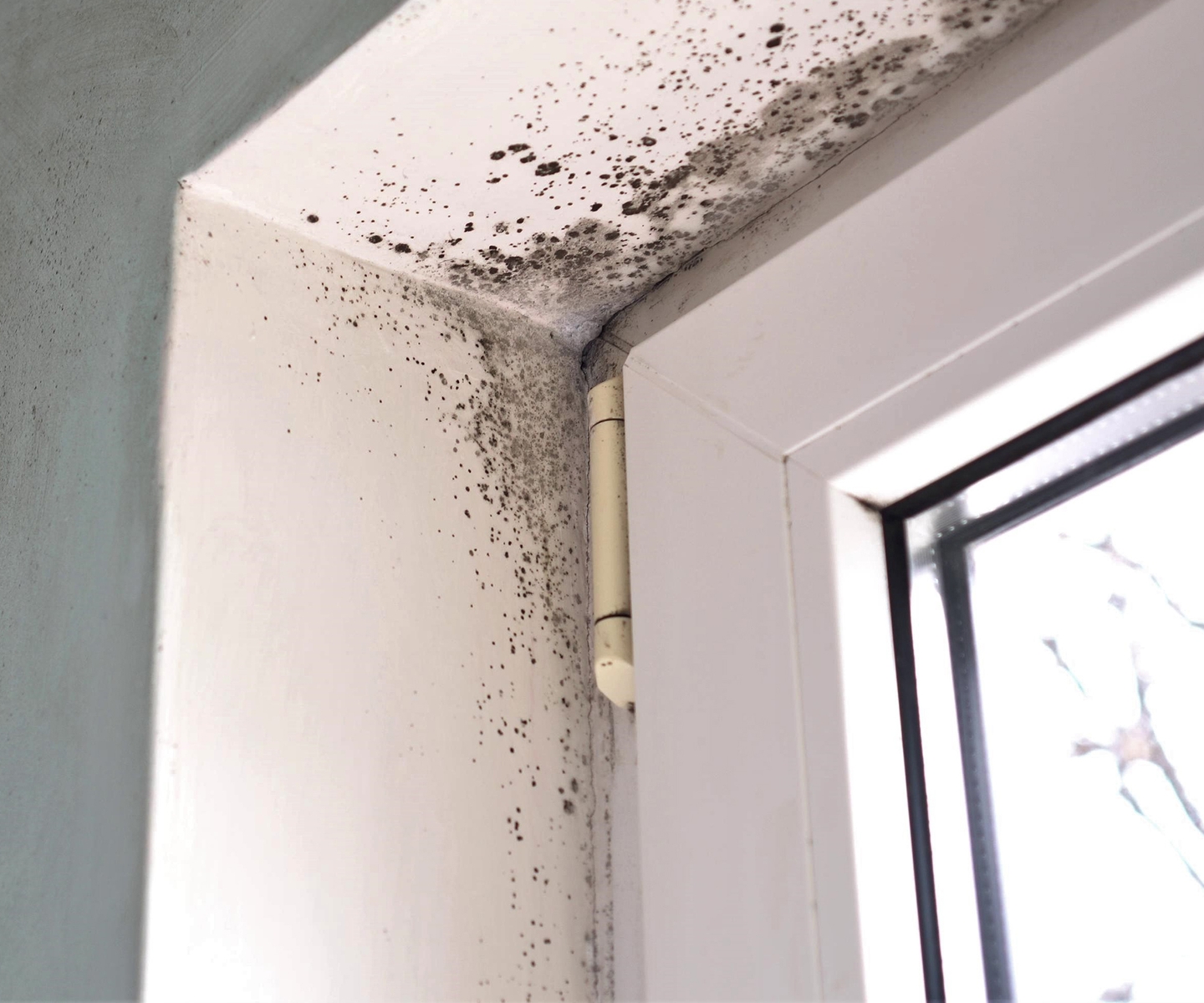Expert Tips for Article Mold Removal Success
In the realm of mold and mildew removal, effectively removing mold is just half the fight; the true difficulty exists in preventing its reappearance. By adhering to expert suggestions and ideal practices, individuals can safeguard their rooms versus mold and mildew rebirth and keep a healthy and balanced indoor atmosphere.
Display Moisture Levels Routinely
Regular monitoring of moisture levels is essential in guaranteeing the efficiency of blog post mold and mildew remediation initiatives. After completing mold remediation treatments, keeping optimum moisture levels is vital to stop mold re-growth and make sure a healthy interior atmosphere. Monitoring humidity levels enables early detection of any spikes or variations that might possibly lead to mold resurgence. High moisture levels over 60% produce a favorable environment for mold to thrive, making regular checking an aggressive measure to avoid any kind of future mold issues - what to do after mold remediation.
Making use of hygrometers or dampness meters can help in accurately measuring humidity degrees in various locations of the building. These tools supply real-time information that enables removal professionals to make enlightened decisions concerning ventilation, dehumidification, and other essential activities to preserve ideal moisture degrees post-remediation. Furthermore, developing a regular schedule for humidity checks, specifically in risky locations such as bathrooms, cellars, and kitchens, is an aggressive method to mold avoidance. By constantly monitoring moisture degrees, homeowner can efficiently alleviate the risk of mold reoccurrence and preserve a healthy indoor setting post-remediation.
Conduct Thorough Inspections Post-Remediation
Complying with the completion of mold remediation procedures, it is critical to conduct detailed examinations to confirm the performance of the removal procedure. These post-remediation evaluations are important in making sure that the mold problem has been efficiently resolved and that there is no recurrence or remaining mold development. Examinations ought to be performed by certified professionals who have know-how in determining mold and assessing interior air high quality.
During these inspections, different approaches such as aesthetic evaluations, air sampling, and surface area tasting may be employed to extensively assess the remediated areas. Aesthetic evaluations involve a detailed inspection of the properties to check for any noticeable indicators of mold and mildew development or water damages. Air sampling aids in figuring out the airborne mold and mildew spore levels, while surface sampling can find mold fragments on surface areas.
Implement Proper Ventilation Methods
After guaranteeing the efficiency of the mold and mildew removal process through comprehensive assessments, the next crucial action is to focus on executing proper air flow approaches. Ample ventilation is vital in stopping mold and mildew reoccurrence by regulating dampness degrees and advertising air circulation.
Proper air flow not just aids in avoiding mold and mildew growth yet likewise adds to the general health and wellness and convenience of occupants. By ensuring adequate air flow throughout the building, you can reduce the danger of mold and mildew regrowth and develop a healthier living atmosphere. Normal upkeep of air flow systems, consisting of cleaning and filter substitutes, is essential to maintaining efficient ventilation. Consulting with cooling and heating specialists can supply additional insights right into enhancing air flow methods for your details residential property needs.

Usage Mold-Resistant Materials for Repairs
To improve the lasting effectiveness of mold removal initiatives, integrating mold-resistant products for repair work is important in alleviating the threat of future mold development. linked here Mold-resistant materials are created to stand up to moisture and prevent mold growth, making them a crucial option for locations susceptible to moisture and moisture. When repairing areas influenced by mold and mildew, making use of materials such as mold-resistant drywall, mold-resistant paints, and mold-resistant caulking can aid avoid mold and mildew recurrence.
Mold-resistant drywall is a superb alternative to typical drywall in locations like washrooms and cellars where moisture degrees are greater. When revealed to damp conditions, this kind of drywall has a special coating that withstands mold and mildew growth also. Additionally, utilizing mold-resistant paints including antimicrobial agents can additionally hinder mold and mildew development on walls and ceilings.
In areas where dampness is typical, such as restrooms and kitchens, utilizing mold-resistant caulking around tubs, windows, and sinks can help seal out water and stop mold and mildew from holding in fractures and gaps. By buying these mold-resistant products during repair work post-remediation, you can dramatically lower the likelihood of future mold and mildew concerns and maintain a much healthier indoor environment.
Maintain Cleanliness and Address Water Issues
After mold removal, it is crucial to keep a tidy atmosphere to avoid the regrowth of mold. Leakages, water intrusion, or high humidity levels can develop the best reproduction ground for mold, so it is crucial to repair any type of water-related issues right away.
To keep sanitation, think about using HEPA filters in vacuums and air cleansers to trap mold and mildew spores and avoid their circulation airborne. Guaranteeing proper ventilation in locations susceptible to moisture buildup, such as cooking areas and washrooms, can help keep humidity levels in check. By staying alert concerning cleanliness and attending to water problems quickly, you can successfully stop mold reinfestation and keep a healthy interior atmosphere.
Final Thought

In the world of mold and mildew remediation, successfully getting rid of mold is only half the battle; the real obstacle lies in avoiding its reappearance. After completing mold removal procedures, maintaining ideal moisture levels is critical to stop mold re-growth and make sure a healthy and balanced interior atmosphere. High moisture levels above 60% develop a favorable atmosphere for mold and mildew to flourish, making regular monitoring a positive measure to prevent any kind of future mold and mildew concerns.
To enhance the long-lasting performance of mold and mildew remediation efforts, incorporating mold-resistant materials for repair services is essential in minimizing the threat of future mold and mildew development. After mold and mildew removal, it is critical to preserve a tidy atmosphere to prevent the regrowth of mold and mildew.
Comments on “Comprehensive Post Mold Remediation Procedures”